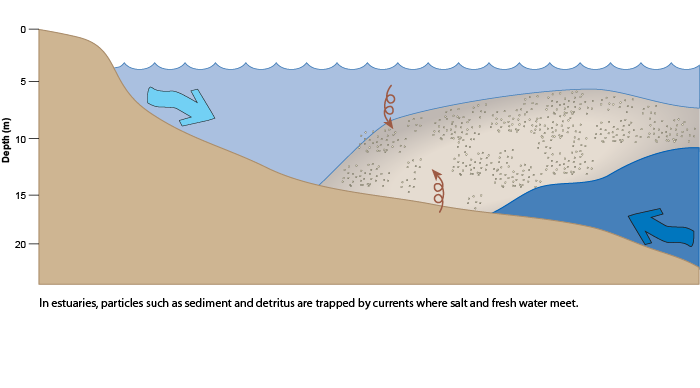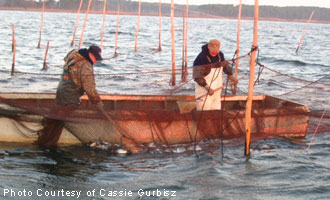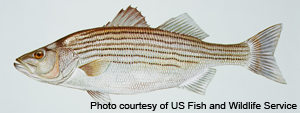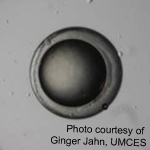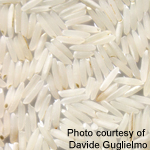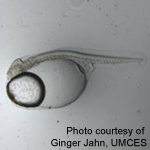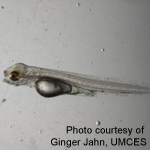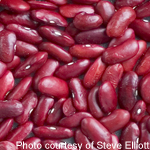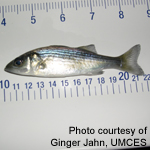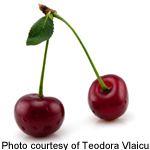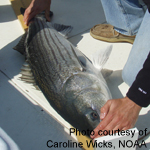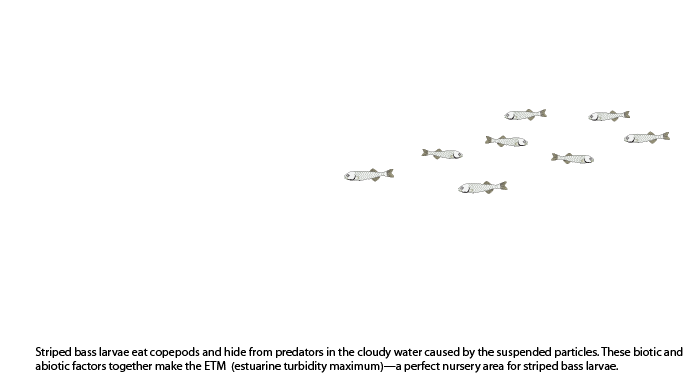What are striped bass?
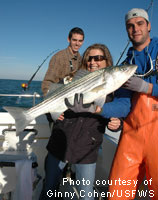 Striped bass. Striper. Rockfish. Each of these common names describes the same popular fish, Morone saxatilis. Native all along the Atlantic coast from Florida to Nova Scotia, striped bass can grow longer than five feet and can weigh as much as 125 pounds. Known to put up a good fight, they are popular among sportfishermen. Striped bass are also harvested commercially, typically with gill nets and pound nets. They can live up to thirty years but most are caught by fishermen when they are less than eight years old.
Striped bass. Striper. Rockfish. Each of these common names describes the same popular fish, Morone saxatilis. Native all along the Atlantic coast from Florida to Nova Scotia, striped bass can grow longer than five feet and can weigh as much as 125 pounds. Known to put up a good fight, they are popular among sportfishermen. Striped bass are also harvested commercially, typically with gill nets and pound nets. They can live up to thirty years but most are caught by fishermen when they are less than eight years old.
How do striped bass grow?
Striped bass are anadromous, meaning they live in the coastal ocean but return to fresh water to spawn, or release eggs. Striped bass have been known to migrate as far north as Canada, then return to the estuary, or body of water where fresh water meets salt water, in which they were spawned.
Throughout their range, striped bass spawn when water temperatures begin to rise in the spring. Peak spawning occurs when water temperatures reach 55-68 °F (13-20 °C). As the eggs hatch, they release larvae, which eventually grow into juveniles, then adult striped bass.
The Chesapeake Bay is an important estuary where a large portion of Atlantic coast striped bass are born and many stages of a striped bass' life take place.
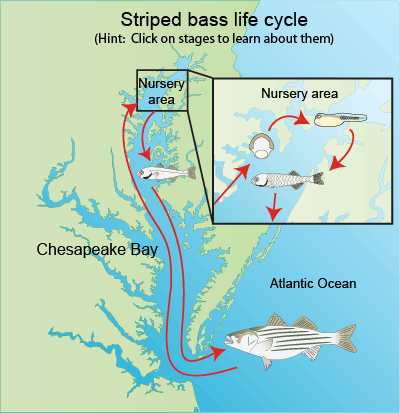
What affects striped bass survival?
Like many aquatic organisms, striped bass produce millions of eggs. The eggs hatch into tiny larvae, but only a few out of the many produced survive to become adults.
Survival of larvae and young depends on several biotic and abiotic factors in their surrounding environment. They need plenty of food for nutrition, a good hiding place to avoid predators, salinity less than 10, and water temperature between 18-21°C (64-70°F).
One place where these conditions are met is an estuary, specifically the region where fresh water meets salt water. Here, currents cause particles including sediment and detritus to remain suspended in the water. Scientists have named this region the Estuarine Turbidity Maximum (ETM) because turbidity (cloudiness of the water) is very high. This dark murky water provides refuge from predators, who hunt the larvae by sight.
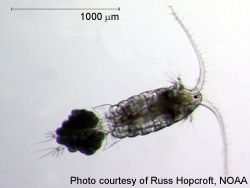 Currents in the ETM not only
Currents in the ETM not only 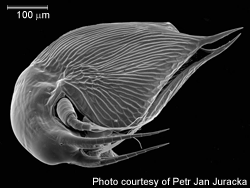 trap sediment and detritus, but also tiny organisms like zooplankton, striped bass eggs, and larvae.
trap sediment and detritus, but also tiny organisms like zooplankton, striped bass eggs, and larvae.
Copepods (pronounced cope-uh-pod), a type of zooplankton, are found here in world-record numbers and are a great food source for striped bass larvae. Cladocerans (pronounced clah-doss-ur-ans) are another type of zooplankton and important prey item.
(Hint: Select each organism to learn more about why it is found in the ETM)
